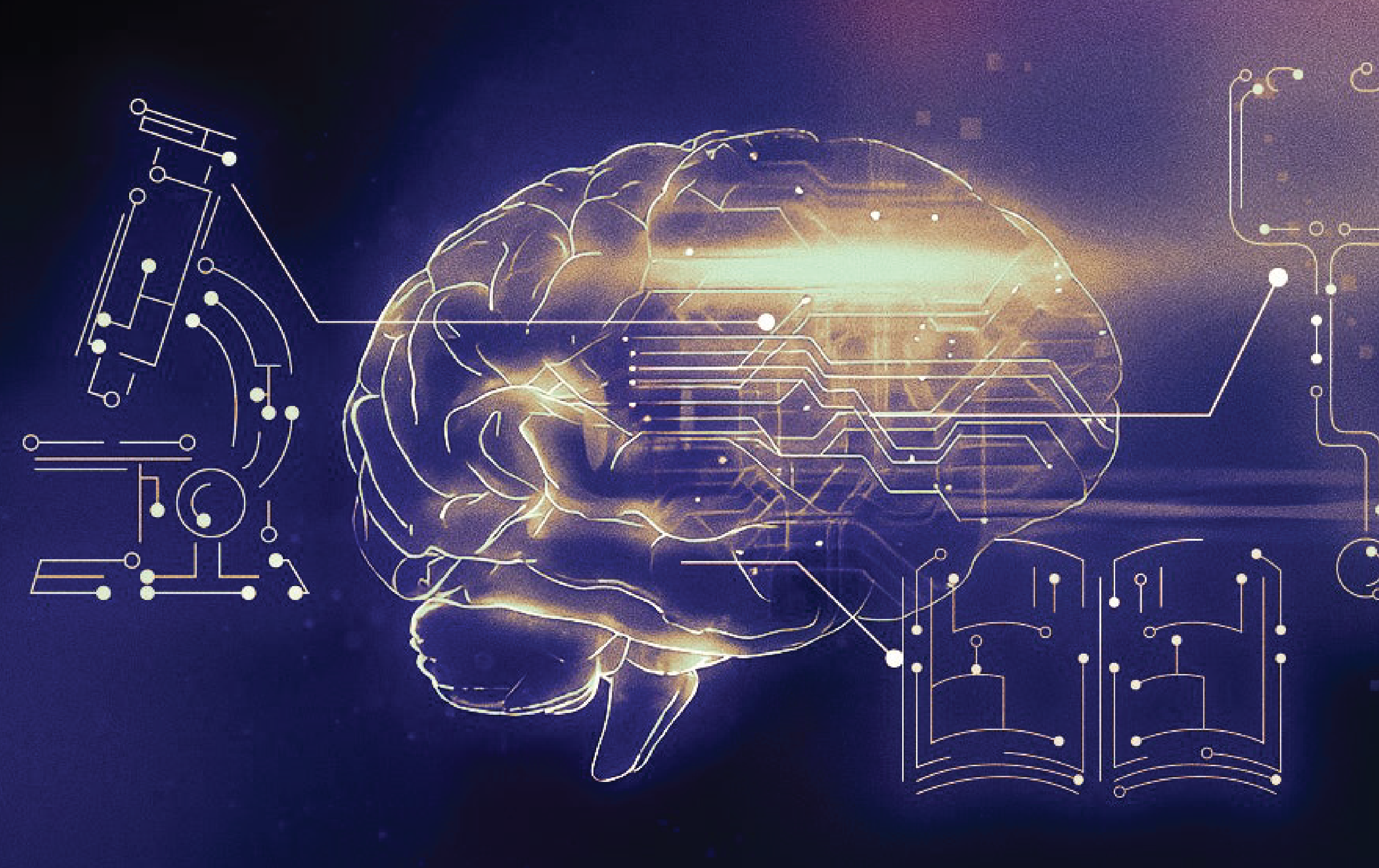Gone are the days when a chalkboard was enough to impart knowledge to students but, with the ever-evolving landscape of technology, and the advent of AI, the ambition of education has revolutionised. With the fusion of education with modern devices, connectivity, and AI, today’s education is not restricted to the four walls of a classroom.
However, as much as this is a fruitful opportunity, it also comes with its own sets of challenges that can’t be ignored. Currently, the most prominent challenge is to find an equilibrium between the benefits of technology and quality education.
Saloni Bhardwaj, Co-founder, and CTO, of Lotus Petal Foundation has shared some insights about how technology and education should go hand in hand for better future growth.
TRANSFORMATION OF EDUCATION IN THE DIGITAL AGE
Today, students can explore and learn numerous things about the world, culture, and academic research, and also, interact with peers from across the globe. However, in this free space of interactive education, the chances of them getting disconnected from the empirical approach toward education and life are also possible.
Therefore, in this scenario, the objective must be to encourage students to develop critical thinking skills. They must be taught in a way to delve deeper, question assumptions, and synthesise diverse viewpoints.
BALANCING BENEFITS AND CHALLENGES
The solution isn’t to sever ties with technology but to train students to utilise digital resources with a positive intent & mindset, i.e., to utilise technology to widen their knowledge, yet not be dependent on it to an extent that it hampers their logical thinking abilities.
EMPOWERING STUDENTS IN THE DIGITAL LANDSCAPE
Techniques like dedicated study hours, utilising website blockers during studying sessions and time management should be introduced early on for the child so that they can harness the internet optimally rather than allowing it to become a source of distraction or mental exhaustion.
Another factor that needs to be considered is the allure of instant gratification, which affects the patience required for deep learning. To avoid this, education can help students by developing a culture of sustained focus by introducing mindfulness practices.
Encouraging short breaks, breathing exercises, or even a few minutes of meditation during study sessions; these practices not only enhance concentration but also promote self-awareness, nurturing students to sustain focus while studying.
CULTIVATING PATIENCE AND DEEP LEARNING
By striving for inclusivity, we can bridge the gap and create an environment where every student can participate on an equal footing.
While technology offers convenience and efficiency, it should never be considered a replacement for the value of human interaction in education. Promoting a balanced approach by incorporating both digital tools and face-to-face interactions, encouraging classroom discussions, group projects, and collaborative problem-solving exercises works wonders for children.
ADDRESSING DIGITAL DIVIDE
Hence, given the changing times and the need for technology in our lives, especially to build bright futures & strong foundations for our children, the most prudent way to make the best out of the fusion of education and technology is to strike a harmonious balance between virtual and personal interactions that will train children to be connected to the devices tools, but also utilise it as a source of continuous learning.
Courtesy : IndiaToday








